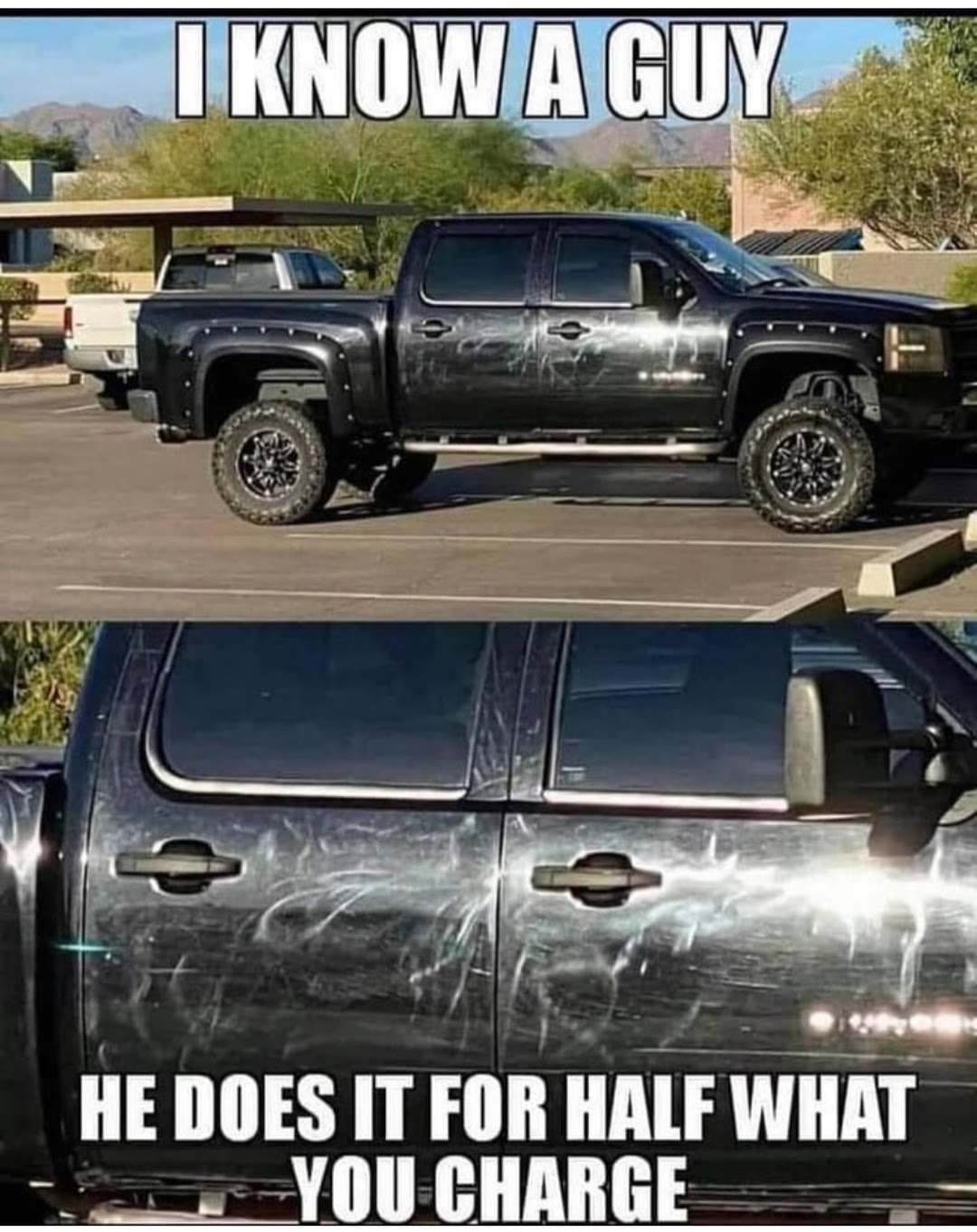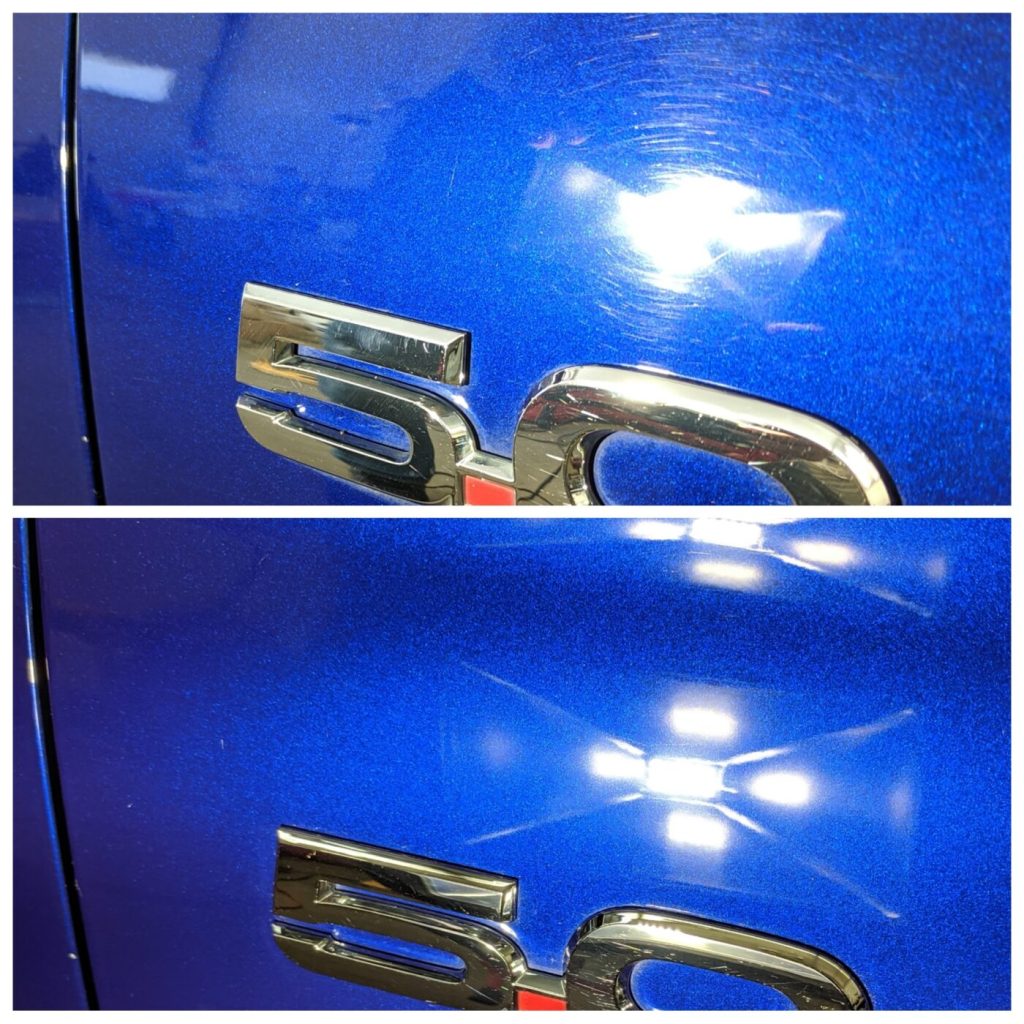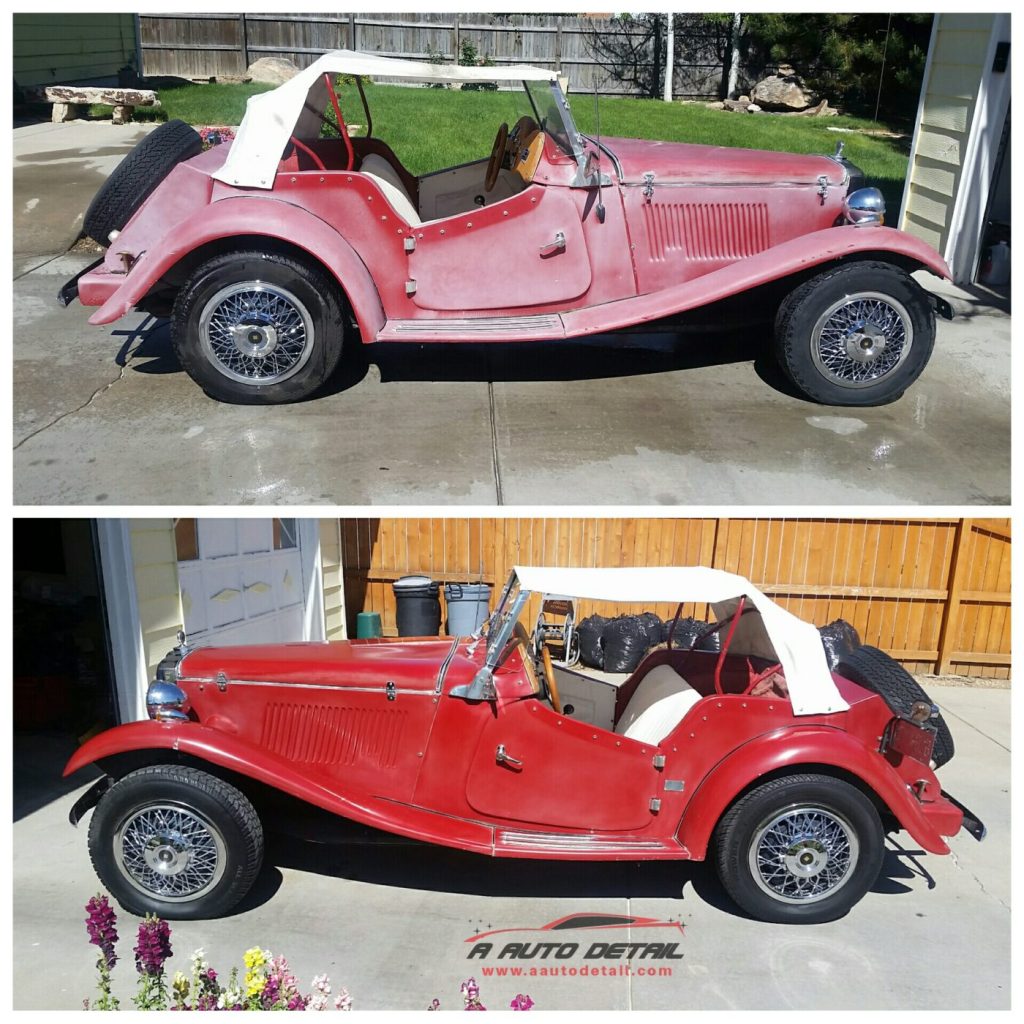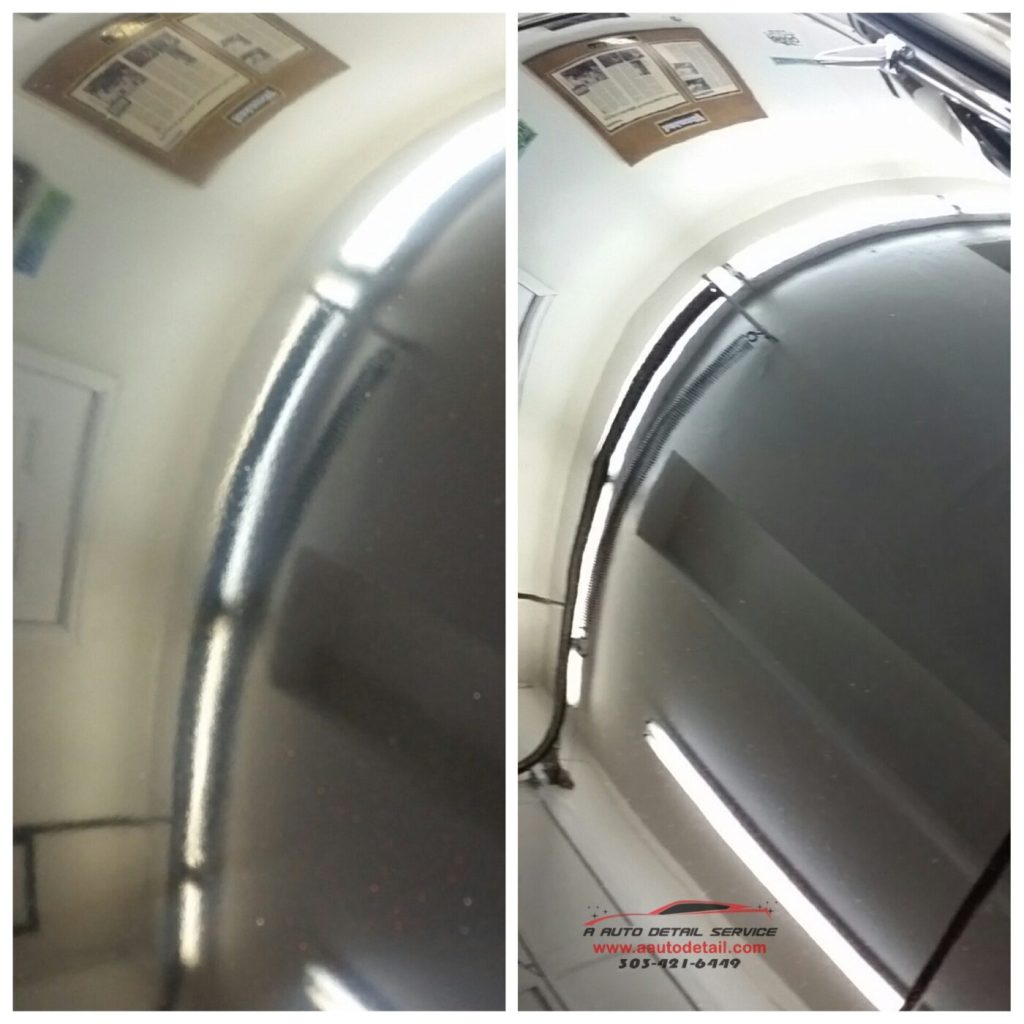Also at A Auto Detail Service, all vehicles receiving any level of paint correction on the entire vehicle will first be detox washed including Iron X to remove brake, rail and other iron contaminating particles. Then a light clay bar to remove larger contaminates, minor overspray and other fall out on the finish to allow a properly prepared surface for paint correction and protection. For a more detailed explanation, please continue reading…especially if you have any of the above issues and this is something you’re interested in for your vehicle.





